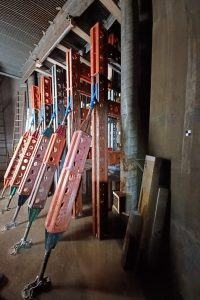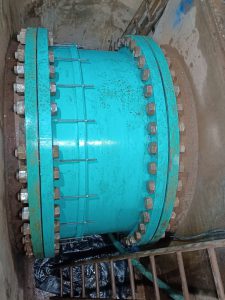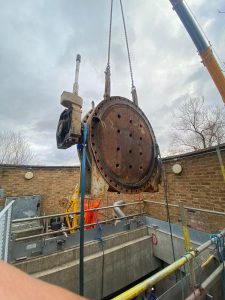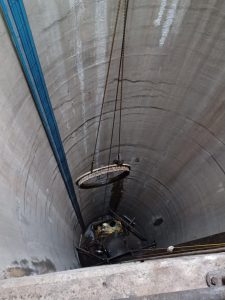Project Spotlight: Barhale reflects on Moor Lane works as part of Thames Water’s T&A programme
1st October 2025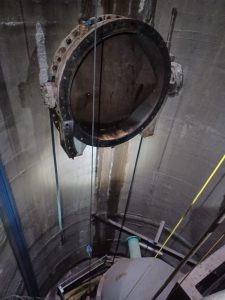 Barhale successfully delivered a complex and high-risk package of works for Thames Water as part of their AMP7 Tunnels and Aqueduct Programme. The project involved replacing 10 large-diameter valves, cleaning and inspecting five key tunnels and designing a new mobile tunnel drainage pump (TDP) system — all critical for maintaining the resilience of Thames Water’s network.
Barhale successfully delivered a complex and high-risk package of works for Thames Water as part of their AMP7 Tunnels and Aqueduct Programme. The project involved replacing 10 large-diameter valves, cleaning and inspecting five key tunnels and designing a new mobile tunnel drainage pump (TDP) system — all critical for maintaining the resilience of Thames Water’s network.
Works included the replacement of three DN1800 butterfly valves, each weighing more than 5t. Two of these were located at a depth of 40m within shaft 6 at Moor Lane. The other was within shaft 5 at Horton, at 35m depth. There were also seven DN450 gate valves to replace along the bypass systems within shafts M and A. The replacement at Moor Lane was particularly challenging due to the congested nature of the shaft basement and the fact that there was no direct lift to the surface for one of the valves. This required a bespoke lifting solution, which comprised I-beams, chain blocks, specialist moving skates and a ratchet system. The existing valve in Horton had been concreted in place during the original installation. This required breakout works and specialist tooling to safely remove seized bolts in confined and tight working conditions.
The project was further complicated by flooding from the Wraysbury River over winter, which delayed progress in shaft M. Emergency over pumping systems and sandbag walls were deployed to control the let-by from Queen Mother reservoir and keep the works area dry.
In total, over 12km of key raw water tunnels were cleaned and inspected across five tunnel sections. This consisted of the 3.4km Queen Mother outlet tunnel, 660m Wraysbury tunnel, 8km northern leg, 270m northern leg extension and the 30m shaft 6–M connector. Structural samples were also taken from GRP-lined sections to assess condition and integrity.
To improve future maintenance, Barhale designed and installed a drainage manifold system within shafts M and A, complete with integrated electrical and discharge connections allowing transient pumps to be installed for future drain-down requirements. Additional civil works included the infill of a failing adit section at the bottom of shaft I in Stanwell. This involved the installation of a bespoke shuttering system and concrete pump line to install over 130m² of foam concrete delivered in two major pours.
This project marked a first for Thames Water, taking both Wraysbury and Queen Mother reservoirs out of service simultaneously to enable access to infrastructure that had never been maintained before. Delivered through close collaboration with Thames Water’s capital delivery and operations teams, this project showcases Barhale’s technical expertise, adaptability and commitment to engineering excellence.
